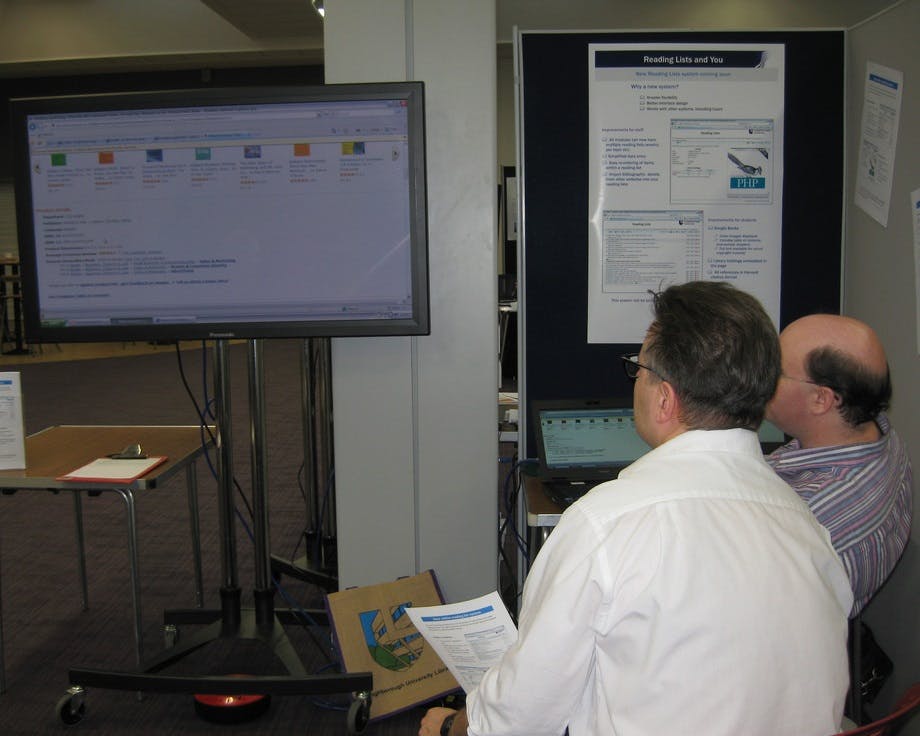Corporate learning management systems have become an essential component in every stage of the employment cycle, including the recruitment of top talent. The ability to complete training exercises at any time and on any device can help you entice qualified candidates, and robust training platforms give HR departments the opportunity to vet prospects with qualitative assessments and training simulations.
As useful as software can be, however, LMS implementation is often fraught with obstacles that HR professionals must overcome before they can add value with a corporate LMS. These pitfalls range from inaccurate budgets and unrealistic timelines to a shortage of IT knowledge that could leave them with a tool that doesn’t actually meet their needs. Vendor support services and a poor user experience can also create issues that compound other problems.
Without an LMS implementation checklist, corporate learning solutions are destined for failure — and the consequences of this error can be far-reaching and resource-draining. Many corporate LMS implementations have ballooned beyond initial budgets only to reduce employee satisfaction and create more problems than they solve.
When enterprise LMSs are frustrating to use, your front-end staff will derive zero benefits from your costly training resources. Worse yet, increased turnover rates will prompt you to spend even more on training new hires. As a result, corporate LMS costs can quickly spiral out of control.
Fortunately, most complications can be avoided with a comprehensive LMS implementation checklist. To get started on your own plan, keep the following tips in mind:
1. Develop a budget and deployment timeline
Implementing a corporate LMS requires a significant investment of time and money, so crunch the numbers ahead of time to make sure you can stay within your budget. The selection process itself requires extensive research and vetting, and you will want to factor in other “hidden” fees such as ongoing maintenance and upgrades. A detailed timeline will include some flexibility for unexpected delays or obstacles, and you’ll want to involve stakeholders to guarantee they see the value in an enterprise LMS.
2. Align LMS features with organizational objectives
You’re investing in a corporate LMS to achieve your business goals and improve your bottom line, so it’s necessary to align your shiny new tool with the needs of your organization. You might opt for a system that boasts robust reporting, which allows you to monitor measurable outcomes. If your main focus is compliance, you might consider an LMS with gamification tools that can ensure your less motivated team members are incentivized to follow through with training plans.
3. Conduct a team task analysis
Every team has a natural workflow, and you should consider this tendency when compiling the tasks everyone will complete in your new LMS. Knowing the strengths and weaknesses of your team will help you find an intuitive LMS platform that trains them effectively and sparks their creativity. For instance, a user-friendly LMS can allow users to easily switch among functions while offering a wealth of customization options to create an ideal experience.
4. Involve corporate learners early
One of the most important items on your LMS implementation checklist should be getting every member of your team involved from day one. Gather as much input as possible to see what they expect from the new software, potentially using surveys and assessments to identify gaps and gauge personal preferences. It can also be useful to poll your in-house team on products they have used in the past, which can give you a better idea of which tools in your price range might be easier to implement or boast more features you need.
5. Use free trials to test platforms and vendor services
Many enterprise LMS vendors offer free trials or demos that can help you evaluate a potentially expensive product before you make a purchase. Note that you will want to know what you’re looking for before you begin the test drive to make sure the platform aligns with your objectives. In addition to getting a feel for user experience and overall cost, submit a support ticket to see how the vendor handles questions. If the vendor responds to your request promptly, consider it a good sign.
Corporate learning management software is breaking new ground, helping companies distinguish between top-tier job applicants and low performers long before they’re hired. Instead of putting your blind trust in someone’s résumé, valuable tests and assessments can score candidates and ensure the most deserving individual gets the job. A corporate LMS allows your learning and development operations to take place anywhere, enabling you to recruit new employees, nurture promising personnel, and improve the skills of the whole organization.
Many organizations can benefit from corporate eLearning solutions, but you don’t want to pick a system without doing your homework. Use a comprehensive LMS implementation checklist during the process to ensure you’ll be able to smoothly create the required infrastructure after you’ve signed a contract. A thoughtful LMS implementation plan will give your team the power to build a successful system that improves customer satisfaction and employee retention rates in tandem.
Image: Creative Commons by Loughborough University Library
